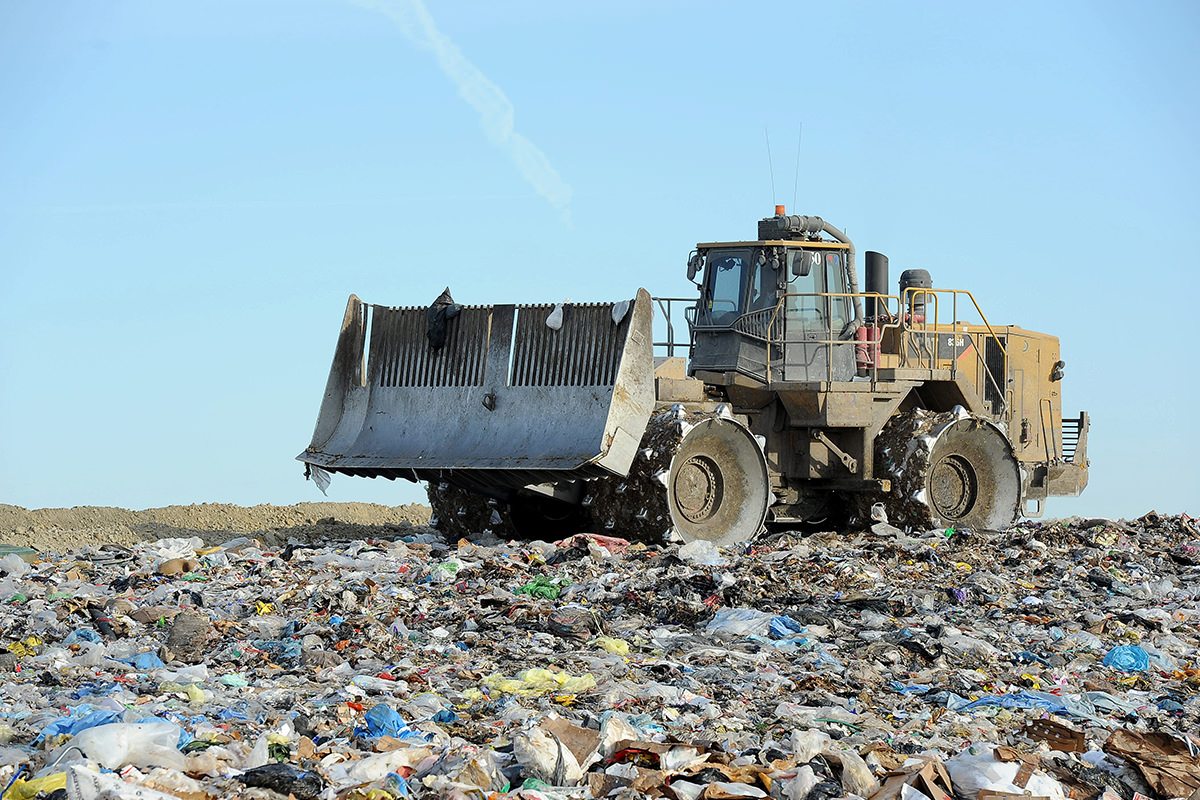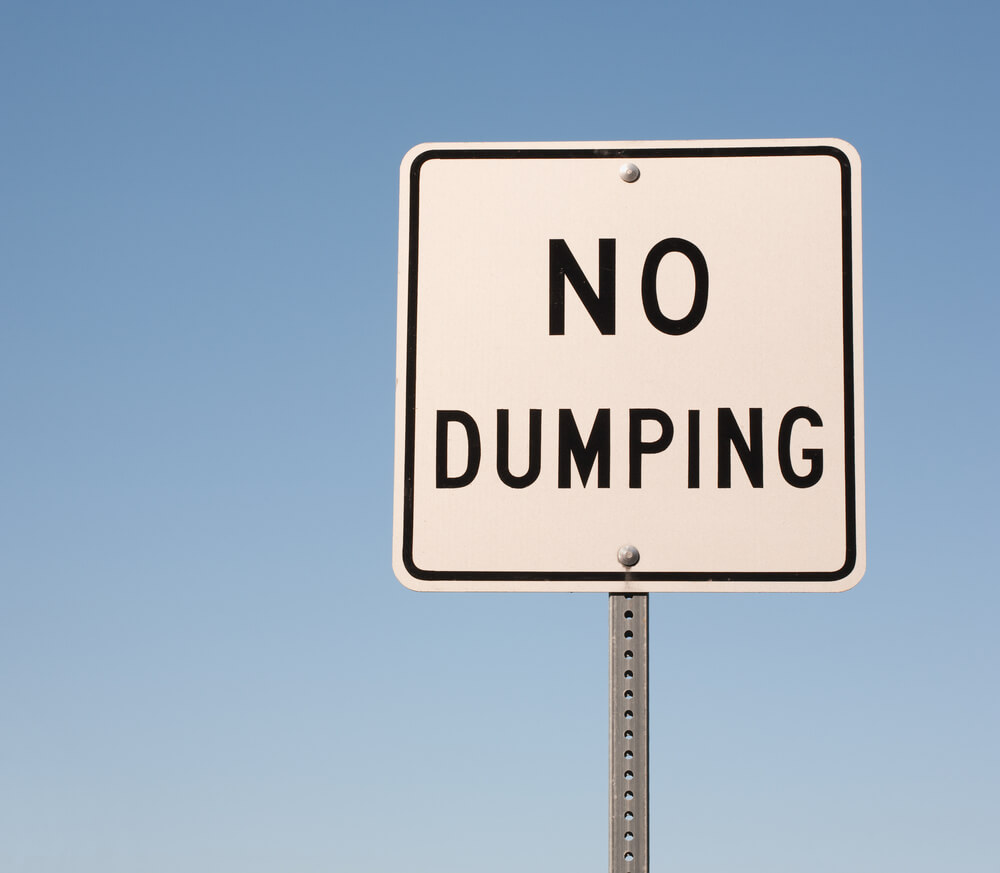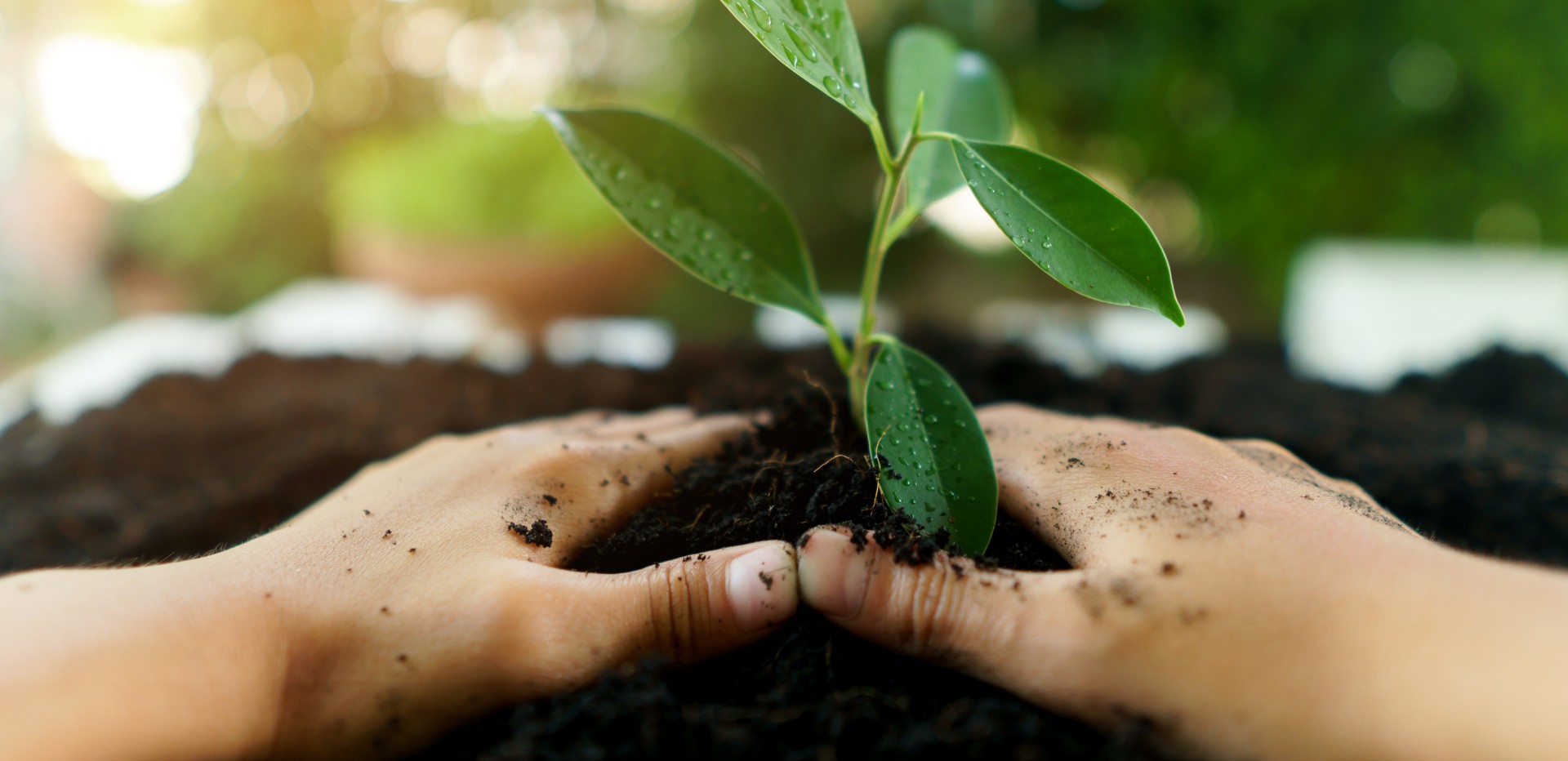The United States produces a lot of trash. According to a 2015 EPA report, Americans create 262.4 million tons of trash a year. This is almost twice as much trash per person compared to other major countries. Outside of recycled and composted waste, all that trash has to go somewhere – that’s where landfills come in.
What is a landfill?
Landfills are carefully designed, closely monitored, cost-effective trash solutions built to safely isolate waste from the environment. By utilizing a tried and true method of waste disposal, landfills provide the public with a means to dispose of trash away from population centers and safely in the ground. There are four main types of landfills in North America, all of which have specific things that can be processed there:
- Municipal Solid Waste Landfills (MSW) – As the primary landfill that takes the majority of waste, MSWs are highly engineered and need to pass federal regulations to ensure they’re safe for the environment. Because of their commonality, we’ll mainly focus on MSW landfills in this article.
- Construction and Demolition Landfills (C&D) – These landfills service the needs of renovation and demolition waste. They are specifically designed to accommodate the construction industry, taking in only waste like concrete, asphalt, wood, gypsum wallboard, paper glass, rubble, and roofing materials.
- Hazardous Waste Landfills – You probably can guess, but Hazardous Waste Landfills exclusively handle waste that has environmentally-hazardous properties. With specific regulations and requirements to ensure proper disposal, these landfills take waste like asbestos, old electronics, paint, wood sealers and solvents.
- Inert Landfills – Used for the other waste that needs to be disposed of, Inert Landfills only take waste that doesn’t have chemical or biological hazards, but are stillvery slow in decomposing. An Inert Landfill will be a place that collects unwanted sand, dirt and excavated earth.
Before you throw your trash away, be sure to check what is accepted by your local landfills and, as always, sort out what can be recycled. Not all landfills are the same! Check with your local companies to fully understand your options. Many landfill providers have online resources available to make your disposal options clear.
Are Landfills and Dumps the Same Thing?
Landfills and dumps are not the same things. While often confused for one another, landfills are designed and strictly regulated to be efficient and environmentally safe, while dumps are not. In order for a company to open a landfill, they need to have studies completed that examine:
- Environmental impact
- Land need
- Soil and bedrock composition
- Water tables, water flow and groundwater levels
- Historical and archaeological value of the site
- And often more, depending on local regulations
If a landfill site passes all of those tests, then they can seek out the permits and funding needed to begin construction of the landfill facility. Landfills have their own set of regulations and precautions in place during construction and operation to ensure they are safe for the environment. Those environmental protections are covered in more detail in the sections below.
While landfills rebuke the negative stereotypes associated with trash disposal, dumps unfortunately often fulfill them. There are few regulations and no tests required to run a dump, which essentially becomes a giant open pit where trash is thrown into. They provide no environmental protections, breed contaminations, produce foul odors, and attract pests. Dumps were more common during earlier industry eras, but few remain today. Most dumps in the United States have either been closed, ordered to be closed, or adapted to strict modern landfill regulations.
How is a Landfill Operated?
How is Trash Disposed of at a Landfill
When disposing of trash in a landfill, there are a series of regulations and steps put in place to ensure they actively protect the environment. Once a location is determined and passes the prerequisites, trash follows a structured journey:
- Waste is brought to the landfill facility, sorted, sent to an open section of the landfill called a Cell. The Cell has a hard base called a Liner, such as reinforced plastic, unweathered gray shale, impermeable clay soil or other materials to prevent anything from leaking below the landfill.
- After being deposited from the truck to the Cell, bulldozers and compaction equipment is used to compress the trash, reducing the total air space needed for discarded items. This allows more waste to be put into the Cell without having to expand the size of the landfill.
- Once the area is done receiving waste, the Cell is protected with a temporary Daily Cover on top of the exposed trash, which is normally covered in several inches of dirt or other earth products. This protects the trash from the sun and rain, and also keeps animals or other scavengers away. It also ensures that loose waste does not get washed out or blown away.
- Liquid from the waste, called leachate, seeps out of the trash as it is compacted into the cell. This liquid comes from crushed organic products, food waste and other normal household or commercial waste. The leachate drains down to the base of the Cell where a Sump is located at the lowest point. Utilizing a series of perforated pipes, gravel, and sand at the bottom of the Cell, known as a Drainage, the leachate is removed, treated, tested for purity, and reintroduced into the environment after a rigid clearing process. At TDS, shredded tires are used at the bottom of cells to create a french drain system, allowing leachate to drain quicker and more effectively out of a landfill for better environmental stewardship.
- The process continues until the Cell is full. After the Cell is filled to its max capacity, either a new Cell will begin on top of the waste or a final cover will be placed over it. If the Cell is put under final cover, it will be capped with several feet of soil and vegetation to prevent erosion or future exposure to the waste.
- As the waste breaks down within the landfill under that final cover, it eventually creates Landfill Gas (LFG), composed primarily of methane and carbon dioxide, from the decay. The LFG needs to be collected to be flared or converted into energy. Many modern landfills will have a system that allows them to convert the gas from the old cell into renewable energy in the form of electricity or Renewable Natural Gas.
- Once the Cell is closed and covered, the area is monitored and maintained for 30 years to ensure everything continues to be environmentally sound.
What Happens When A Landfill Is Full?
Due to the steps put in place, filled Cells can be repurposed for other uses, like a public park, grazing lands for livestock or other uses. Since landfilling is focused on being a convenient and cost-effective solution to our rising trash production, waste is covered in a Dry Entombment, meaning that waste will not decompose rapidly. While this prevents odors and nuisances like pests or birds, this does mean that trash that goes into the landfill will stay buried in the landfill. This is why repurposing recyclable items and composting organic waste, such as your Christmas trees, is so important!
Landfills, when run correctly, can be a safe, well-engineered way to responsibly throw away waste. When combined with innovative diversion programs, it makes resource management and environmental stewardship that much better.



